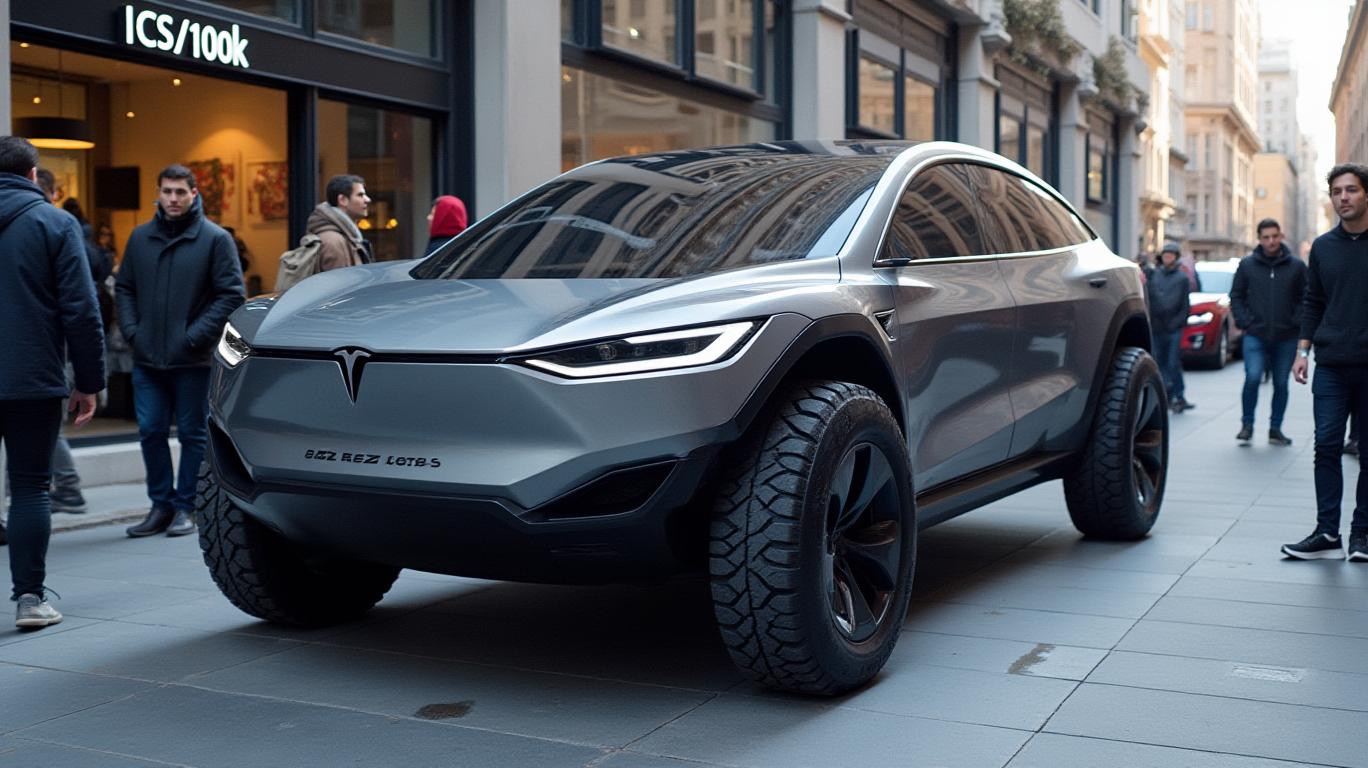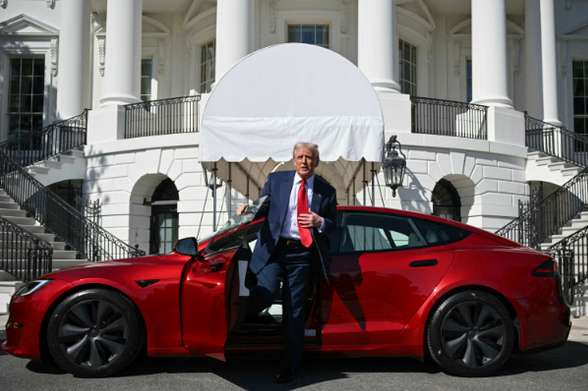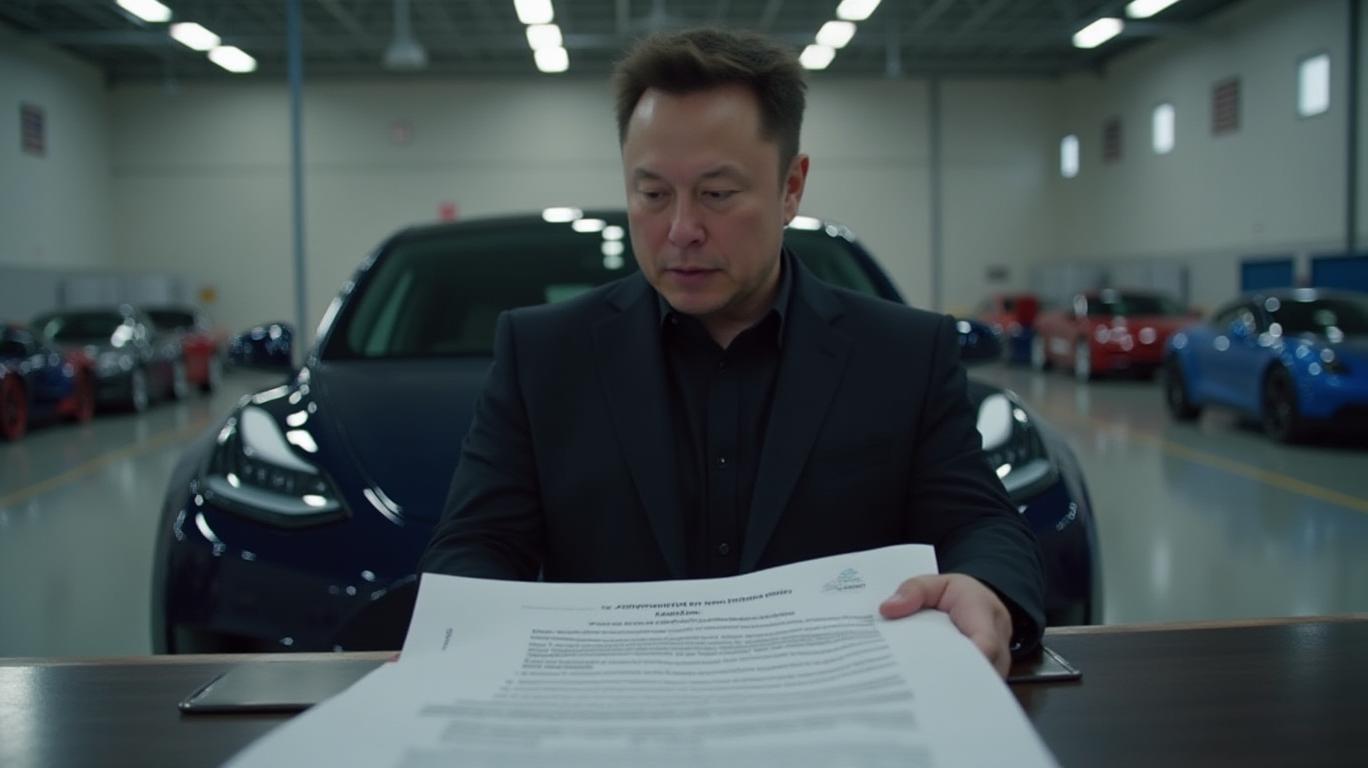Is It Too Late To Sell Your Tesla? 4 Options If You Don’t Want To Drive It Anymore
The Tesla resale market is in freefall, and owners are scrambling to escape financial losses. Used Cybertrucks, once a symbol of Elon Musk’s vision, now lose nearly 60% of their value in less than two years. Meanwhile, political controversy, rising competition, and shifting consumer loyalty have turned Tesla’s once-loyal fanbase into a sea of doubt. For those sitting on depreciating Tesla assets, the question isn’t just whether to sell—it’s how. Here’s the breakdown of your options, backed by data and market trends.

1. Sell Now: The Resale Value Crunch
Tesla’s used-car market is collapsing. According to the data, Cybertrucks have lost 58% of their value since 2023, far outpacing the average used-car depreciation rate. And it’s not just a blip: searches for used Teslas dropped 16% in the past month, while demand for non-Tesla EVs surged 28% year-over-year.
Tesla’s stock (TSLA) has mirrored this decline, down roughly 40% since early 2023, while rivals like Lucid (LCID) and Polestar (POALF) have seen sharper gains as they poach buyers.
But selling a Tesla isn’t easy. Dealers are wary of volatile values, and owners report trade-in losses of up to $20,000. The math is grim: if you bought a Cybertruck for $60,000 in 2023, you might now fetch just $25,000 in a private sale.
2. Trade-In for a New Tesla: A Risky Gamble
Tesla’s trade-in process is designed to keep customers in the ecosystem—but it’s fraught with pitfalls. To qualify, your vehicle must be drivable, untarnished by salvage titles, and free of political baggage (e.g., no vandalism damage).
The process requires submitting VINs, odometer readings, and damage photos via the Tesla app before ordering. Final offers, after inspection, expire in 30 days or 1,000 miles, leaving little room for negotiation.
But here’s the catch: Tesla is now rejecting Cybertrucks as trade-ins due to oversupply and plummeting demand. One owner reported being told their Cybertruck was “not accepted” and directed to third-party buyers—a sign Tesla is offloading inventory elsewhere.
3. Switch Brands: Competitors Are Luring Buyers with Cash
Rival EV makers are pouncing. Polestar, for example, is offering $20,000 off its 2025 Polestar 3 to Tesla owners—a combo of a $5,000 conquest bonus and federal/state tax credits. Lucid Motors is giving $7,000 discounts, and even BMW is dangling $1,000 credits for Tesla-to-EV switches.
These incentives are working. Polestar and Lucid report “dramatic upticks” in orders from former Tesla drivers, even as Tesla’s trade-ins hit a record 1.4% of all U.S. trade-ins in March 2025—a 300% jump from 2024.
The calculus? A Tesla owner trading in a depreciated Model 3 for a Polestar 3 could save thousands while avoiding Tesla’s political crossfire. But be quick: most deals expire by April 30, and competitors may tighten terms as inventory tightens.
4. Lease Out Your Tesla: A Stopgap Solution
Leasing is a lifeline for those who want to avoid outright losses. Third-party leasing platforms like Turo or Getaround let you rent your Tesla by the hour—a tactic that’s become popular among owners of low-demand models like the Cybertruck.
However, Tesla’s own leasing options are limited. The company focuses on new models, and lessees face hurdles if their contracts are held by lenders like Ford or Honda, which block third-party buyouts.
The Bottom Line: Timing and Strategy Are Everything
The Tesla resale crisis isn’t just about cars—it’s a symptom of a broader shift in consumer trust. Musk’s government role (as head of the DOGE) has alienated Democratic-leaning states, where repeat buyers dropped from 72% to 65% since 2023. Meanwhile, EV competition has exploded, with 76 used EV models now on the market versus 58 in 2024.
For investors, the writing is on the wall: Tesla’s brand dominance is eroding. Its stock (TSLA) has underperformed rivals like Lucid (LCID) and Polestar (POALF) over the past year, and its resale values are a leading indicator of waning demand.
If you own a Tesla, here’s the takeaway: Act fast, but do your homework. Selling privately might net more than a trade-in, but only if you’re willing to haggle. Switching to a competitor’s EV could lock in savings—but miss out on Tesla’s long-term infrastructure (Superchargers, software updates). Lease it out, but be ready for the hassle of managing renters.
In the end, Tesla’s decline isn’t just about cars—it’s about trust. And in 2025, trust is the one thing Elon Musk can’t manufacture.


_442a2dcc1749832873286.jpeg)
_e68fac6d1749831664430.jpeg)






